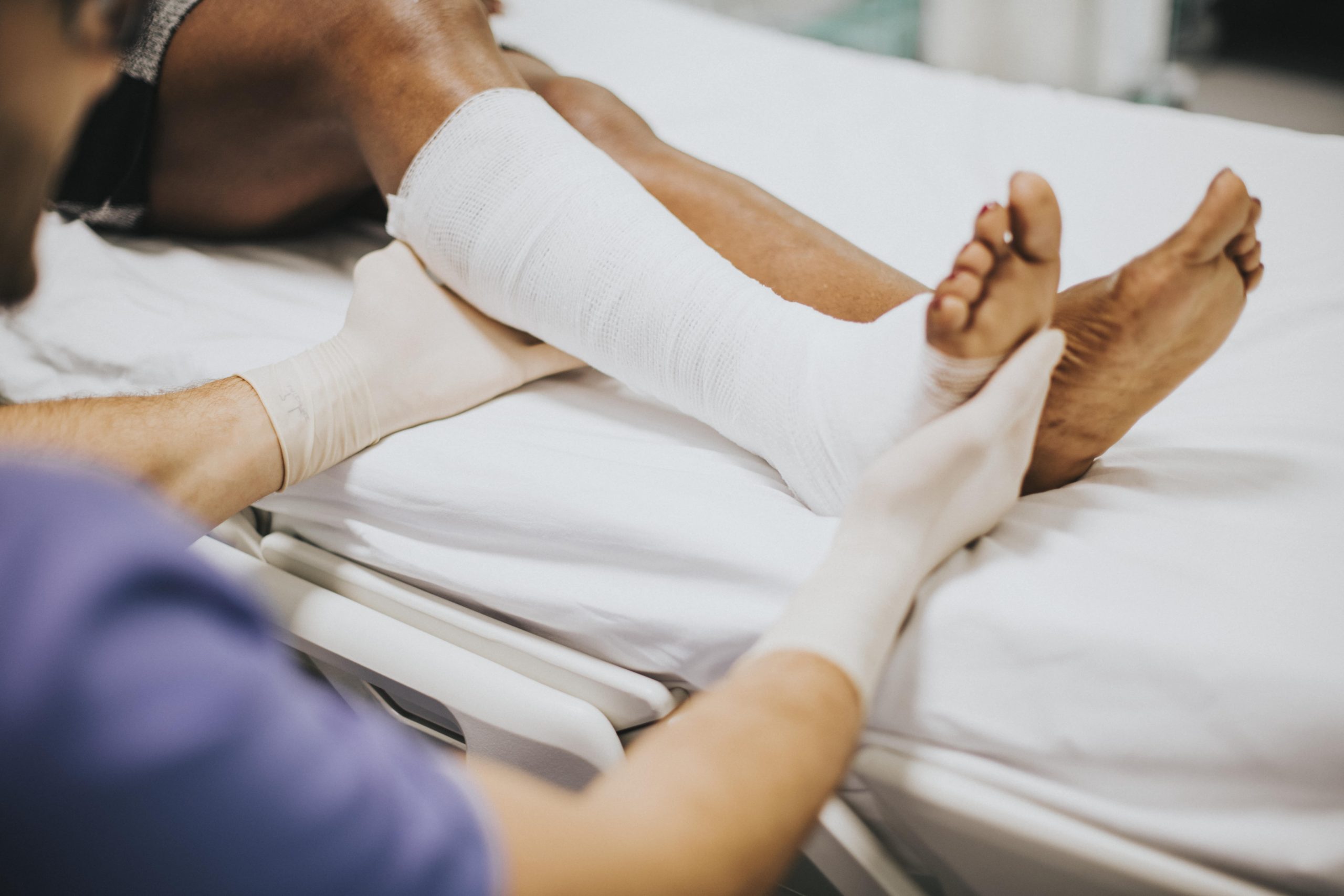Paediatrics Ortho


Paediatrics Ortho
Orthopaedic trauma care focuses on treating injuries to the musculoskeletal system, which includes bones, joints, muscles, ligaments, and tendons. This type of care is essential for managing fractures, dislocations, and other injuries that can result from accidents, falls, or sports injuries.
Key Components of Orthopaedic Trauma Care:
- Assessment and Diagnosis:
* Comprehensive evaluation through physical exams and imaging studies (X-rays, CT scans, MRIs) to determine the extent and type of injury. - Immediate Care:
* Stabilization of the patient, addressing any life-threatening conditions.
* Pain management and addressing swelling or bleeding. - Surgical and Non-Surgical Treatment:
* Non-Surgical: May include casting, bracing, or splinting for certain fractures.
* Surgical: For more severe injuries, procedures like internal fixation (using plates, screws) or external fixation may be necessary to realign bones. - Rehabilitation:
* Physical therapy is crucial for restoring function, strength, and mobility.
* A personalized rehabilitation plan helps patients regain their pre-injury abilities. - Follow-Up Care:
* Regular follow-ups to monitor healing and adjust treatment plans as necessary. - Prevention of Complications:
* Awareness of potential complications like infections, non-unions, or malunions of fractures, and addressing them promptly.
Importance of a Multidisciplinary Approach:
Orthopaedic trauma care often involves a team of specialists, including orthopaedic surgeons, physical therapists, pain management specialists, and occupational therapists, to provide comprehensive care.
